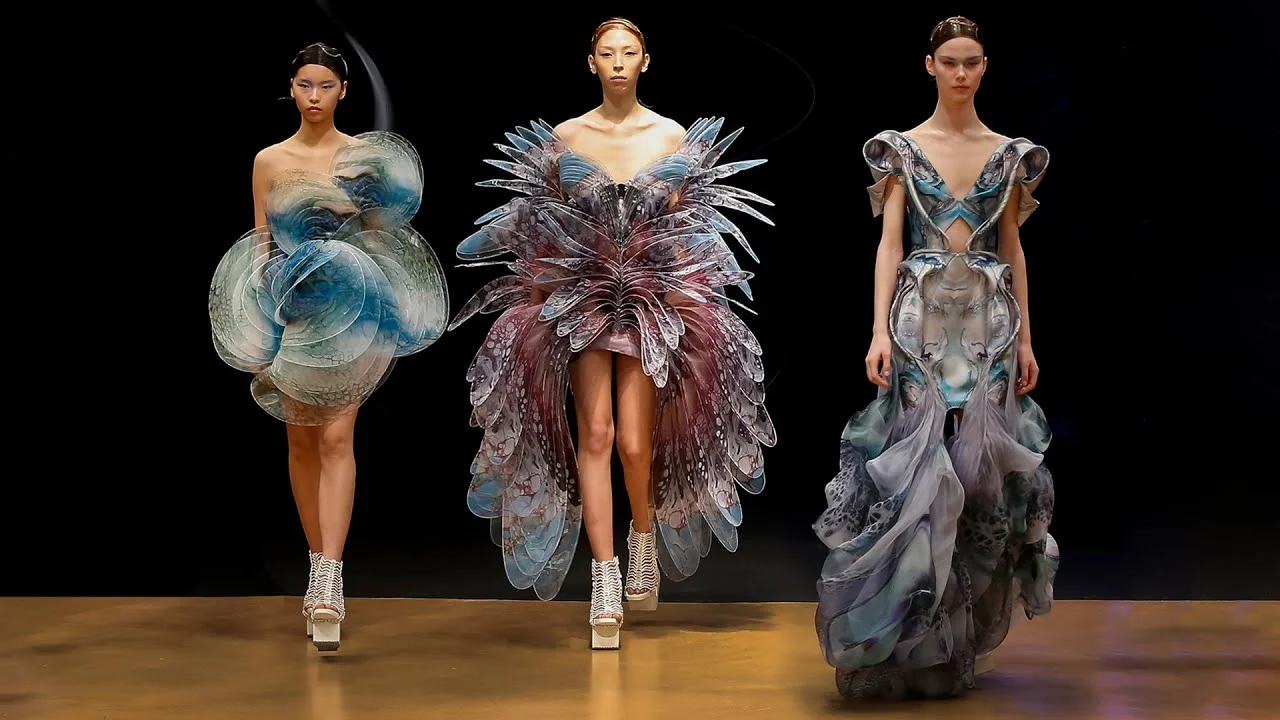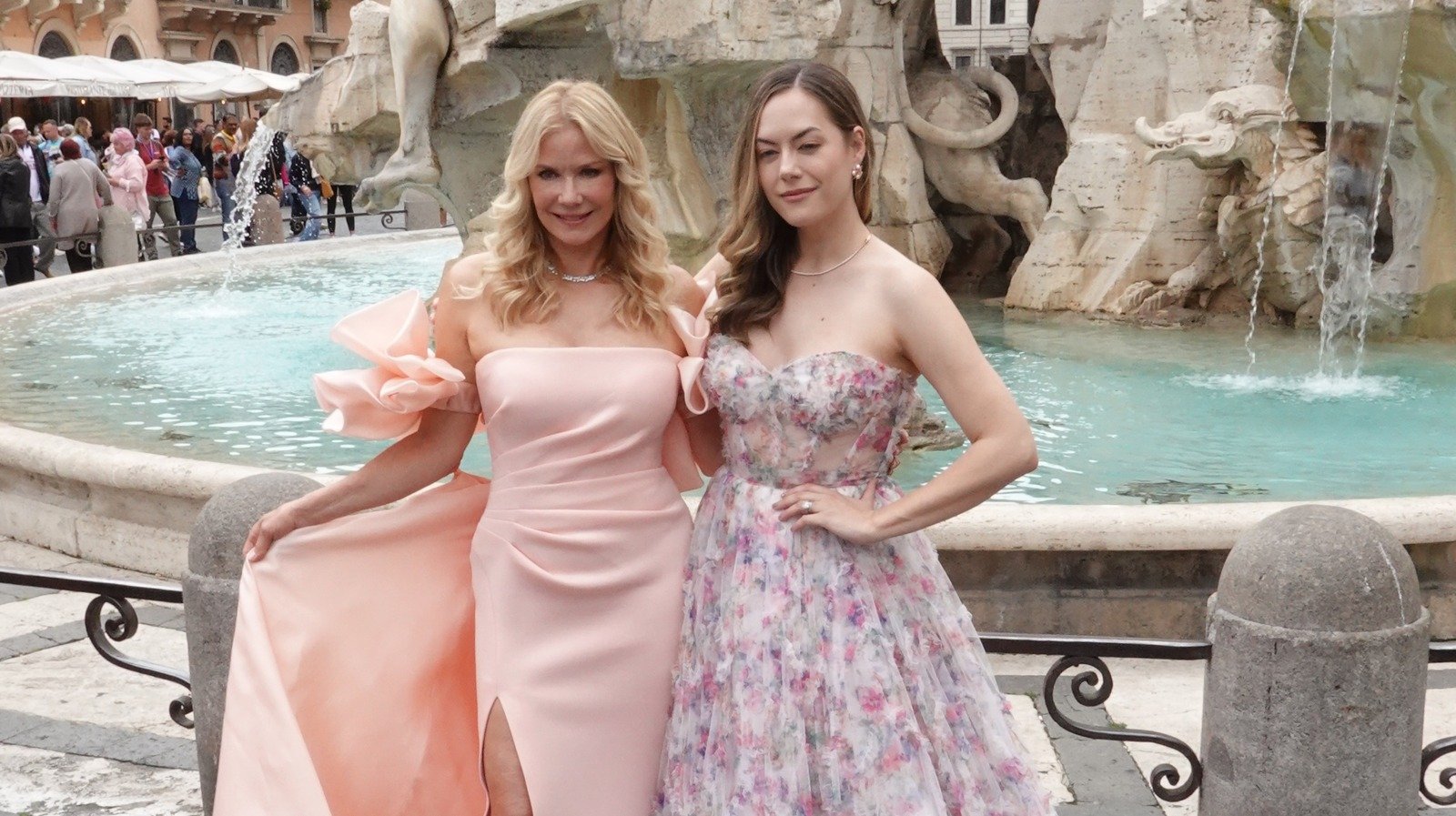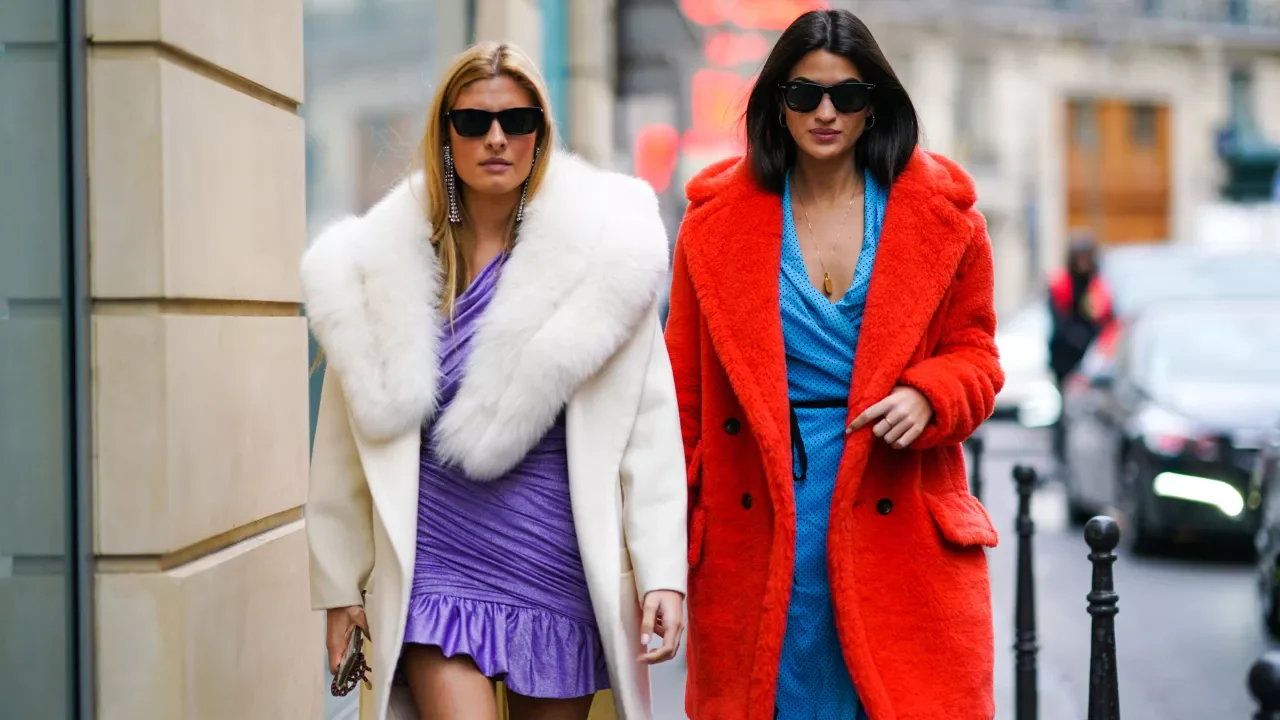Fashion is no longer just about clothing—it’s a dynamic expression of identity, culture, and innovation. As the world evolves, so does the fashion industry, propelled by technological advancements, shifting consumer values, and a growing demand for authenticity. Enter the StyleVerse: a bold, visionary space where creativity meets purpose, and where the future of fashion is being redefined. This article dives into the trends, technologies, and cultural shifts shaping this new era, offering a glimpse into how fashion is breaking boundaries and paving the way for a more inclusive, sustainable, and innovative tomorrow.
The Evolution of Fashion: From Runway to Revolution
Fashion has always been a mirror of society, reflecting its values, aspirations, and challenges. In the past, haute couture and fast fashion dominated the industry, driven by exclusivity and mass production. Today, the StyleVerse—a metaphorical universe where fashion intersects with technology, sustainability, and inclusivity—is redefining what it means to be stylish. This evolution is fueled by a new generation of designers, consumers, and innovators who prioritize purpose over profit and creativity over conformity.
The StyleVerse is not a single trend but a convergence of ideas: sustainable materials, digital runways, inclusive sizing, and cultural storytelling. It’s a movement that invites everyone—regardless of background, body type, or budget—to participate in fashion’s future. Let’s explore the key pillars shaping this transformation.
1. Sustainability: Fashion with a Conscience
The fashion industry has long been criticized for its environmental impact, from water-intensive cotton production to textile waste clogging landfills. The StyleVerse is rewriting this narrative by prioritizing sustainability as a core value.
Eco-Friendly Materials
Innovative materials are at the heart of sustainable fashion. Designers are turning to alternatives like Piñatex (made from pineapple leaves), mushroom leather, and recycled ocean plastics. Brands like Stella McCartney and Patagonia lead the charge, proving that style and sustainability can coexist. For example, Adidas’ collaboration with Parley for the Oceans transforms plastic waste into sleek sneakers, blending aesthetics with environmental responsibility.
Circular Fashion
The concept of circular fashion—designing clothes to be reused, recycled, or biodegradable—is gaining traction. Brands like Eileen Fisher offer take-back programs, allowing customers to return worn garments for recycling or resale. Rental platforms like Rent the Runway and HURR make high fashion accessible while reducing waste, encouraging consumers to embrace a “wear, return, repeat” model.
Insider Tip
Support sustainable brands by researching their supply chains on platforms like Good On You, which rates companies based on environmental and ethical practices. Look for certifications like Fair Trade or GOTS (Global Organic Textile Standard) when shopping.
2. Technology: The Digital Runway and Beyond
Technology is revolutionizing how fashion is designed, produced, and consumed. From virtual try-ons to blockchain transparency, the StyleVerse is embracing innovation to create a more connected and creative industry.
Virtual and Augmented Reality
Digital fashion shows and virtual fitting rooms are redefining the shopping experience. During the pandemic, brands like Balenciaga and Gucci experimented with 3D-rendered runways, allowing global audiences to experience collections from home. Apps like Zeekit use augmented reality (AR) to let consumers “try on” clothes virtually, reducing returns and enhancing online shopping.
NFTs and Digital Fashion
Non-fungible tokens (NFTs) have entered the fashion world, offering digital garments that exist solely in virtual spaces like the metaverse. Brands like The Fabricant create digital-only couture, allowing consumers to dress their avatars in unique designs. While controversial due to environmental concerns, blockchain technology also enables supply chain transparency, letting consumers trace a garment’s journey from raw material to store shelf.
3D Printing and AI
3D printing is transforming design, enabling custom-fit clothing with minimal waste. Designers like Iris van Herpen use 3D-printed fabrics to create avant-garde pieces that push artistic boundaries. Meanwhile, artificial intelligence (AI) is optimizing inventory management and predicting trends, helping brands like Zara reduce overproduction.
Insider Tip
Explore digital fashion platforms like DRESSX to experiment with virtual outfits. For a deeper dive, follow X posts from tech-fashion influencers to stay updated on emerging tools and trends.
3. Inclusivity: Fashion for Every Body and Identity
The StyleVerse is dismantling the industry’s outdated standards of beauty and exclusivity. Inclusivity is now a driving force, with brands embracing diversity in size, gender, ethnicity, and ability.
Size and Gender Inclusivity
Gone are the days when fashion catered only to a narrow range of body types. Brands like Universal Standard offer sizes from 00 to 40, ensuring everyone can find stylish, well-fitting clothes. Gender-neutral lines, such as those by Telfar or Wildfang, challenge traditional binary norms, offering versatile designs for all identities.
Cultural Representation
Designers are increasingly drawing inspiration from their cultural roots, creating collections that celebrate heritage. For example, Nigerian designer Mowalola Ogunlesi blends African aesthetics with streetwear, while Indian brand Sabyasachi brings traditional craftsmanship to global audiences. These designers are telling stories through fashion, amplifying underrepresented voices.
Accessibility
Adaptive fashion for people with disabilities is gaining momentum. Brands like Tommy Hilfiger Adaptive incorporate features like magnetic closures and adjustable waistbands, making style accessible to all. Representation in advertising is also evolving, with campaigns featuring models of diverse ages, abilities, and backgrounds.
Insider Tip
Support inclusive brands by shopping small and researching their mission statements. Use X to discover emerging designers who prioritize diversity, and engage with their communities to amplify their work.
4. Personalization: The Rise of Made-to-Order
In the StyleVerse, one-size-fits-all is a thing of the past. Consumers crave personalized experiences, and brands are delivering through custom designs and made-to-order models.
Bespoke Fashion
Made-to-order services allow consumers to customize everything from fabric to fit. Startups like Sonderlier let customers design their own dresses online, while luxury brands like Dior offer bespoke tailoring for high-end clients. This approach reduces waste by producing only what’s needed.
Data-Driven Design
Brands are using data to tailor offerings to individual tastes. Stitch Fix, for example, uses algorithms to curate personalized clothing boxes based on customer preferences. This blend of technology and creativity ensures a unique experience for every shopper.
Insider Tip
Explore platforms like Etsy for custom-made accessories or clothing from independent designers. When ordering bespoke pieces, communicate clearly with designers about measurements and preferences to ensure a perfect fit.
5. Cultural Storytelling: Fashion as Art and Activism
Fashion is a powerful medium for storytelling and social change. The StyleVerse celebrates designers who use their craft to address global issues and spark conversations.
Fashion as Activism
Brands like Brother Vellies, founded by Aurora James, advocate for ethical production and support Black artisans. The 15 Percent Pledge, initiated by James, encourages retailers to dedicate shelf space to Black-owned businesses, reshaping the industry’s landscape. Similarly, designers like Prabal Gurung use their platforms to address issues like immigration and gender equality.
Heritage and Craftsmanship
Traditional techniques, from Japanese shibori dyeing to Mexican embroidery, are being revived by designers who value craftsmanship. Brands like Farm Rio incorporate Brazilian folk art into vibrant prints, while Anni Albers’ Bauhaus-inspired textiles influence modern designers. These pieces tell stories of culture and history, connecting wearers to a larger narrative.
Insider Tip
Seek out brands that collaborate with artisans, such as Maiyet or People Tree, to support traditional craftsmanship. Attend local fashion events or follow X hashtags like #EthicalFashion to discover designers with a story to tell.
6. The Resale Revolution: Secondhand Chic
The rise of secondhand fashion is transforming how we shop, with resale platforms like ThredUp, Depop, and Vestiaire Collective leading the charge. This trend aligns with the StyleVerse’s focus on sustainability and individuality.
Why Secondhand?
Thrifting and resale offer unique, one-of-a-kind pieces at affordable prices. Vintage Chanel bags, retro Levi’s, or upcycled designer dresses give consumers access to high-quality fashion without the environmental cost of new production. The resale market is projected to outpace fast fashion by 2030, signaling a cultural shift toward mindful consumption.
How to Shop Smart
Curate your secondhand wardrobe by focusing on timeless pieces that suit your style. Use filters on resale platforms to narrow down searches by size, brand, or era. For high-value items, verify authenticity through certificates or expert appraisals.
Insider Tip
Check X for local thrift store recommendations or pop-up vintage markets in your destination. Clean and repair secondhand finds to keep them looking fresh, and consider upcycling old pieces with a tailor’s help.
Practical Tips for Navigating the StyleVerse
To fully embrace the future of fashion, consider these actionable tips for integrating the StyleVerse into your wardrobe and lifestyle:
- Research Brands: Use resources like Fashion Revolution’s Transparency Index or X posts to identify brands aligned with your values. Look for those prioritizing sustainability, inclusivity, or ethical production.
- Experiment with Rentals: Try platforms like Nuuly or Le Tote to rent statement pieces for special occasions, reducing the need to buy new clothes.
- Invest in Timeless Pieces: Build a capsule wardrobe with versatile staples like a tailored blazer, quality denim, or a classic white shirt. These pieces can be styled endlessly and paired with trendier accessories.
- Support Emerging Designers: Follow young designers on X or attend local fashion weeks to discover fresh talent. Small purchases can make a big impact on their growth.
- Care for Your Clothes: Extend the life of your wardrobe by washing clothes in cold water, air-drying when possible, and repairing tears or loose buttons. Brands like Patagonia offer repair guides to help.
- Stay Informed: Follow fashion tech blogs or X accounts like @WGSN or @BusinessOfFashion for updates on trends, innovations, and industry shifts.
The Future Is Now
The StyleVerse is more than a trend—it’s a movement that redefines fashion as a force for good. By embracing sustainability, technology, inclusivity, personalization, and cultural storytelling, the industry is creating a future where style is accessible, meaningful, and responsible. Whether you’re slipping into a recycled silk dress, curating a vintage ensemble, or designing a digital outfit for your metaverse avatar, the StyleVerse invites you to be part of the revolution.
So, step into this vibrant universe. Experiment, explore, and express yourself. The future of fashion is yours to shape.





Leave a Reply